Simplifying GST for Small Enterprises under GST Composition Scheme
- Blog|GST & Customs|
- 5 Min Read
- By Taxmann
- |
- Last Updated on 15 January, 2024

Table of Contents
- Eligibility for Composition Scheme
- What is Aggregate Turnover?
- How is the tax calculated under Composition Scheme?
- Are businesses supplying goods registered under the Composition Scheme also allowed to offer services?
- Persons not eligible to opt for Composition Scheme
- Other Provisions
- Conclusion
Composition Scheme under the Goods and Services Tax (GST) serves as a vital component of India’s taxation system, designed to alleviate the tax compliance burden for small enterprises while fostering their participation in the formal economy. The scheme simplifies the GST compliance process for small businesses by reducing the number of returns to be filed and minimizing the paperwork and record-keeping requirements. Let us dive into this world of simplified taxes understanding the eligibility, tax computation and other provisions.
1. Eligibility for Composition Scheme
As per Section 10(1) of CGST Act, 2017, a registered person whose aggregate turnover in the preceding financial year did not exceed Rs. 1.5 crores (Rs. 75 Lakhs for Special Category States) will be eligible to opt for payment of tax under the composition scheme.
This scheme was fundamentally for supplier of goods and only for restaurant service providers. However, it was also later on extended to supplier providing services (other than restaurants) with a turnover of Rs. 50 Lakhs.
Special Category States includes the states of Arunachal Pradesh, Mizoram, Meghalaya, Sikkim, Tripura, Uttarakhand, Manipur and Nagaland.
2. What is Aggregate Turnover?
As per Section 2(6) of CGST Act, 2017, the term “Aggregate Turnover” means the aggregate value of
- all taxable supplies (excluding the value of inward supplies on which tax is payable by a person on reverse charge basis),
- inter-state supplies,
- exports of goods or services or both, and
- exempt supplies of persons having the same Permanent Account Number,
- to be computed on all India basis, but
- excludes central tax, State tax, Union territory tax, Integrated tax, and Cess.
Here, “aggregate turnover”, shall –
- Include the value of supplies made by such person from the 1st day of April of a financial year up to the date when he becomes liable for registration under this Act (i.e when eligibility under composition scheme ceases), but
- Not include the value of exempt supply of services provided by way of extending deposits, loans or advances in so far as the consideration is represented by way of interest or discount.
3. How is the tax calculated under Composition Scheme?
A composition supplier may opt to pay tax, in lieu of the tax payable if not opted for composition scheme, calculated at under mentioned rates –
| Eligible Person | Total rate of tax |
| Manufacturer | 1% of turnover in state or union territory |
| Restaurant service provider | 5% of turnover in state or union territory |
| Supplier of Services (aggregate turnover upto Rs. 50 Lakhs) | 6% of turnover in state or union territory |
| Other supplies | 1% of turnover of taxable supplies of goods and services within state or union territory |
“Turnover in State” or “turnover in Union territory” means the aggregate value of
- all taxable supplies (excluding the value of inward supplies on which tax is payable by a person on reverse charge basis) and
- exempt supplies made within a State or Union territory by a taxable person,
- exports of goods or services or both and
- inter-State supplies of goods or services or both made from the State or Union territory by the said taxable person but
- excludes central tax, State tax, UT tax, integrated tax and cess.
4. Are businesses supplying goods registered under the Composition Scheme also allowed to offer services?
A person who opts to pay tax under Section 10(1) of CGST Act, 2017 may supply services of value not exceeding 10% of turnover in a State or Union territory in the preceding financial year, or 5,00,000, whichever is higher.
For example, Yash is engaged in supply of goods. His aggregate turnover in preceding financial year is Rs. 110 lakhs. Since his aggregate turnover in the preceding financial year does not exceed Rs. 1.5 crore, he is eligible for composition scheme in current financial year. Further, in the current financial year, he can supply services up to a value of Rs. 11 lakhs. If the value of services supplied exceeds Rs. 11 lakh, he becomes ineligible for the composition scheme and has to opt out of the composition scheme.
5. Persons not eligible to opt for Composition Scheme
Following registered person are not eligible to opt for the composition scheme –
- Supplier of non-taxable goods under GST
- Inter-State outward supplier of goods or services
- Person providing services through an electronic commerce operator (ECO) who is required to collect tax at source under Section 52. Note: After 1st October 2023, this clause has been removed, thereby allowing composition dealer to supply goods through an ECO.
- Manufacturer of Ice cream, Pan masala, Aerated Water, Tobacco and manufactured tobacco substitutes, Fly ash bricks and blocks
- Casual taxable person or a non-resident taxable person
Note: There is no restriction on the person opting for Composition scheme to procure goods or services from inter-state suppliers.
6. Other Provisions
- All registered persons having the same Permanent Account Number (PAN) have to opt for composition scheme. If one registered person opts for a normal scheme, others become ineligible for composition scheme.
- The benefit of composition scheme can be availed up to the aggregate turnover of Rs. 1.5 crore/Rs. 75 lakh/Rs. 50 Lakhs in the current financial year. The option availed by a registered person under Section 10(1)/Section 10(2A) shall lapse with effect from the day on which his aggregate turnover during a financial year exceeds the limit of Rs. 1.5 crore/Rs. 75 lakhs/Rs. 50 Lakhs.
- For any tax payable under reverse charge mechanism (RCM), the option of payment under this scheme will not be available. Rate of tax payable on supplies taxable under RCM will be regular rates and not the composition rate.
- Composition supplier cannot collect any tax from the recipient on supplies made by him. It means that a composition scheme supplier cannot issuea tax invoice. Therefore, a customer buying goods from a registered person who is under composition scheme is not eligible for composition input tax credit (ITC) in absence of tax invoice.
- A registered person opting to pay tax under composition scheme is not eligible to take any ITC on its inward supplies.
- The composition taxable person has to pay tax under normal scheme from the day he ceases to satisfy any of the conditions mentioned in Section 10 and thereafter issue tax invoice.
7. Conclusion
In conclusion, the Composition Scheme of GST plays a pivotal role in simplifying the tax landscape for small businesses in India. However, it’s important to remember that while the Composition Scheme offers significant benefits, it also comes with certain limitations, such as restrictions on inter-state sales and the inability to claim input tax credit. Small businesses should carefully evaluate their eligibility, operational requirements and should do a cost-benefit analysis before opting for this scheme.
Disclaimer: The content/information published on the website is only for general information of the user and shall not be construed as legal advice. While the Taxmann has exercised reasonable efforts to ensure the veracity of information/content published, Taxmann shall be under no liability in any manner whatsoever for incorrect information, if any.
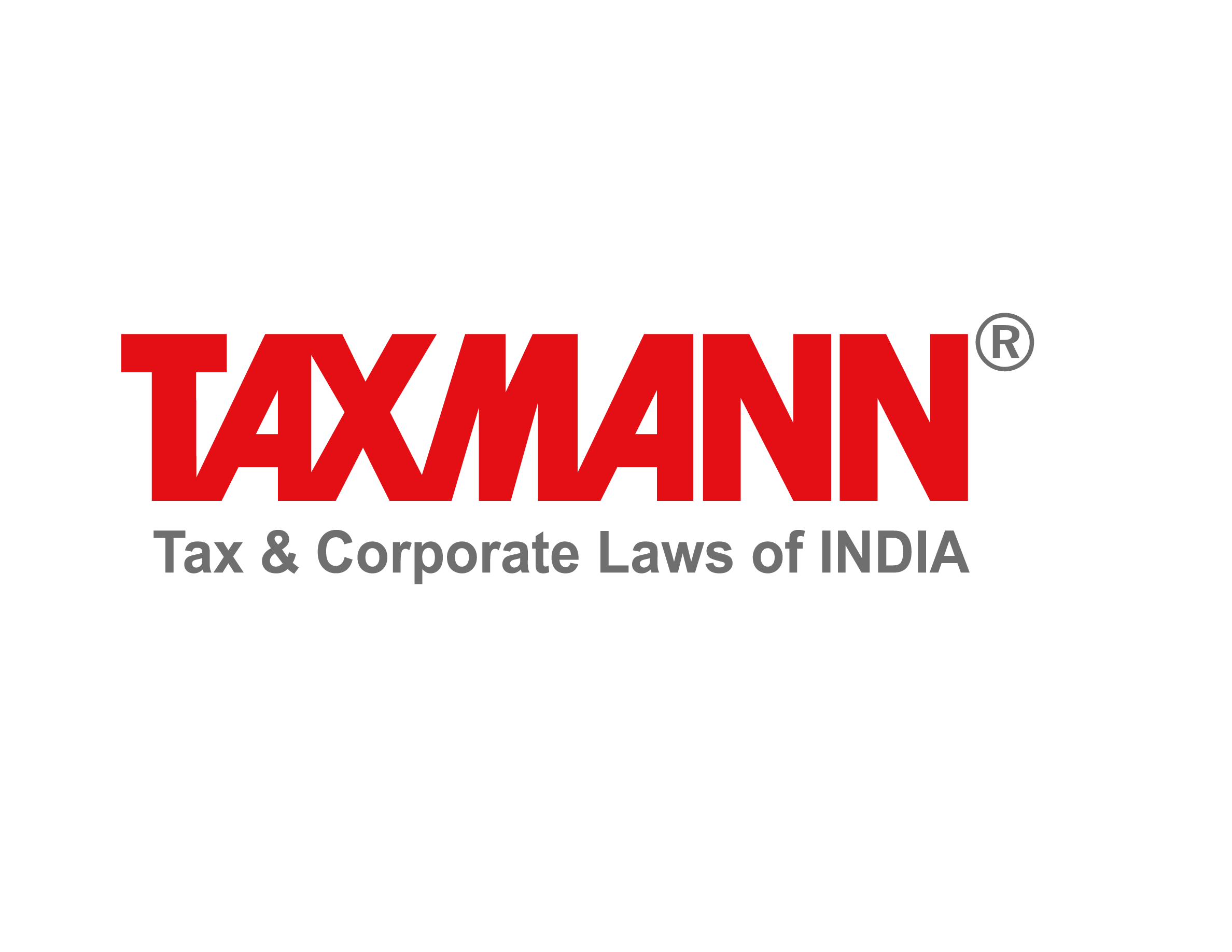
Taxmann Publications has a dedicated in-house Research & Editorial Team. This team consists of a team of Chartered Accountants, Company Secretaries, and Lawyers. This team works under the guidance and supervision of editor-in-chief Mr Rakesh Bhargava.
The Research and Editorial Team is responsible for developing reliable and accurate content for the readers. The team follows the six-sigma approach to achieve the benchmark of zero error in its publications and research platforms. The team ensures that the following publication guidelines are thoroughly followed while developing the content:
- The statutory material is obtained only from the authorized and reliable sources
- All the latest developments in the judicial and legislative fields are covered
- Prepare the analytical write-ups on current, controversial, and important issues to help the readers to understand the concept and its implications
- Every content published by Taxmann is complete, accurate and lucid
- All evidence-based statements are supported with proper reference to Section, Circular No., Notification No. or citations
- The golden rules of grammar, style and consistency are thoroughly followed
- Font and size that’s easy to read and remain consistent across all imprint and digital publications are applied
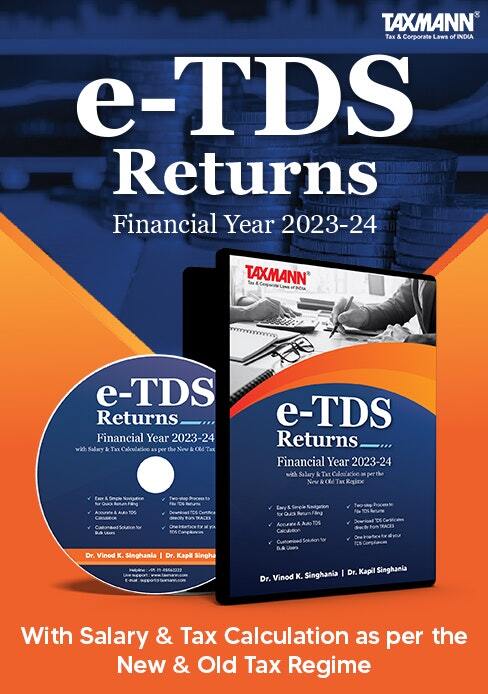


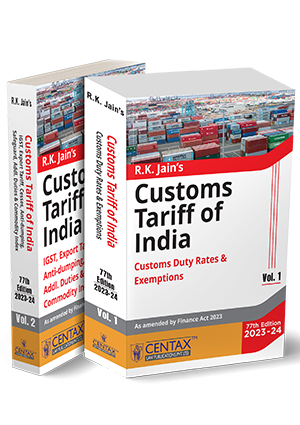
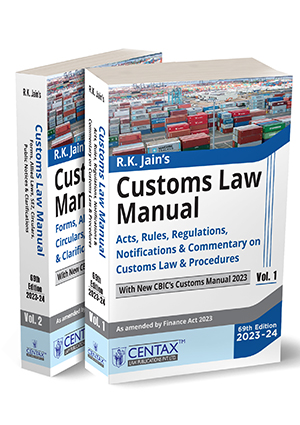
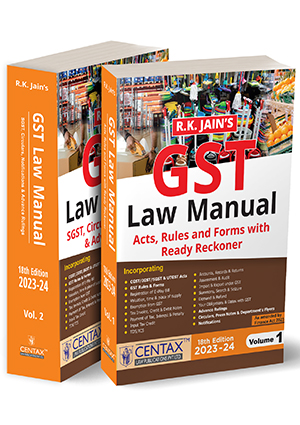
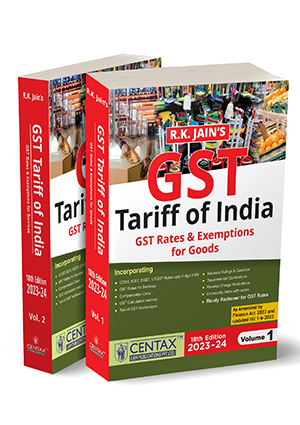

Comments are closed.